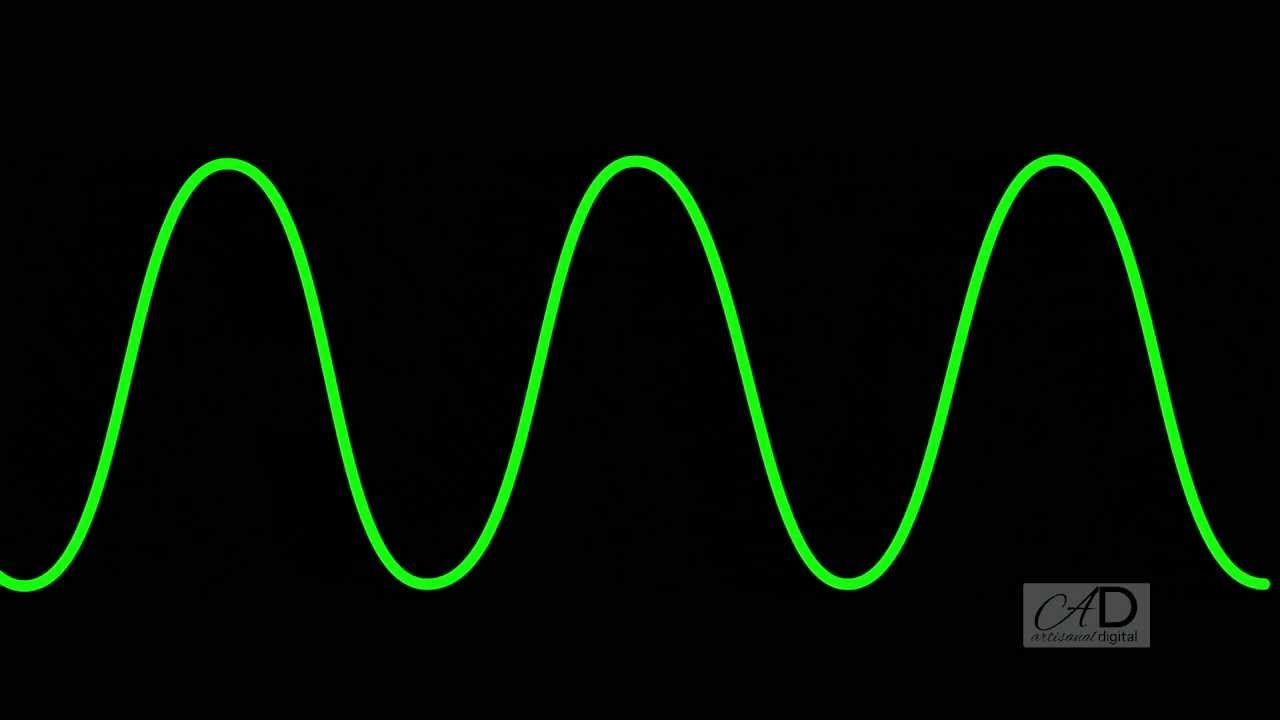Understanding the Sine Wave: The Foundation of Waveform Analysis
In the world of mathematics and signal processing, the sine wave is a fundamental concept with widespread applications. This simple yet powerful waveform serves as a cornerstone for understanding more complex signals and phenomena. Let’s delve into what a sine wave is, why it’s important, and where it appears in various fields.
What is a Sine Wave?
A sine wave is a continuous wave that oscillates smoothly and periodically. It is characterized by its amplitude, frequency, and phase. Mathematically, the sine wave is described by the sine function, which is a smooth, periodic function that repeats at regular intervals.
The general form of a sine wave can be expressed as: y(t)=Asin(2πft+ϕ)y(t) = A \sin(2 \pi f t + \phi)y(t)=Asin(2πft+ϕ)
Where:
- y(t)y(t)y(t) is the value of the wave at time ttt.
- AAA represents the amplitude, or the peak value of the wave.
- fff is the frequency, or how many cycles the wave completes in one second.
- ϕ\phiϕ is the phase shift, which determines where the wave starts relative to a reference point.
- ttt is the time variable.
Characteristics of a Sine Wave
Amplitude: The peak value of the wave from its equilibrium position. It determines the strength or intensity of the wave.
Frequency: The number of oscillations or cycles that occur per second. It is measured in Hertz (Hz). Higher frequency means more cycles per second.
Wavelength: The distance over which the wave’s shape repeats. It is inversely related to frequency; higher frequencies have shorter wavelengths.
Phase: The position of the wave relative to a reference point. Phase shifts can alter the starting point of the wave’s cycle.
Applications and Significance
Signal Processing: Sine waves are fundamental in the field of signal processing. They are used to analyze and synthesize signals, as they are the building blocks of more complex waveforms. In Fourier analysis, any periodic signal can be decomposed into a sum of sine and cosine waves, making them crucial for understanding and processing signals.
Acoustics and Music: In music and acoustics, sine waves represent pure tones with a single frequency. They are used in synthesizers and audio equipment to create clean, undistorted sounds. Musicians and sound engineers use sine waves to test audio systems and calibrate equipment.
Electronics and Communications: Sine waves are prevalent in alternating current (AC) systems. The voltage and current in AC circuits are typically sinusoidal. Understanding sine waves helps in designing and analyzing electrical circuits, ensuring proper signal transmission and power delivery.
Physics: In physics, sine waves model various natural phenomena, such as sound waves, light waves, and electromagnetic waves. They help in understanding wave behaviors, interference patterns, and resonance.
Engineering: Engineers use sine waves in various applications, including mechanical vibrations, control systems, and signal modulation. The predictability and simplicity of sine waves make them valuable for designing and analyzing systems.
Visual Representation
The sine wave can be visualized as a smooth, continuous wave that oscillates above and below a central axis. It starts at zero, rises to its peak (positive amplitude), returns to zero, dips to its trough (negative amplitude), and then returns to zero to complete one cycle. This pattern repeats indefinitely, creating a smooth wave-like motion.
Conclusion
The sine wave may seem simple, but its applications and significance are profound and far-reaching. As the most basic waveform, it serves as the foundation for understanding complex signals and systems in various fields. From electrical engineering to music, the sine wave plays a critical role in both theoretical and practical applications. Its simplicity allows us to explore and analyze more intricate phenomena, making it an indispensable tool in science and technology.
